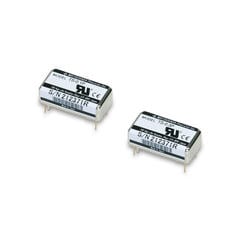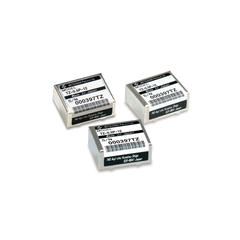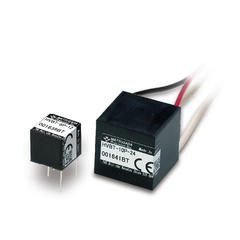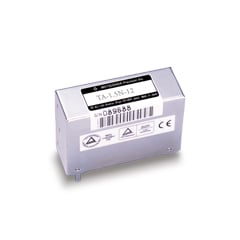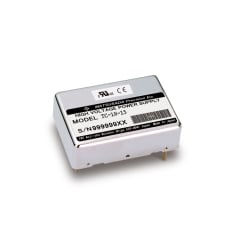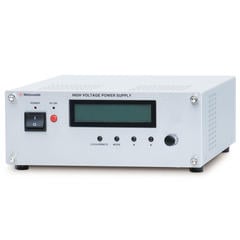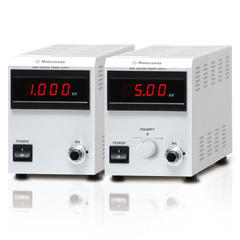A photodiode is a semiconductor device used as a light detector or sensor. There are three types of photodiodes: P-N, PIN, and Avalanche photodiodes.
P-N junction is the most basic photodiode that is contained in solar cells, etc. This mechanism generates an electric current and voltage when the light is irradiated on the P-N junction. Although the response time is slow, the dark current is small and is used for light-intensity measurement.

PIN photodiode has a structure in which an intrinsic semiconductor (i-layer) is sandwiched between a P-type semiconductor and an N-type semiconductor. A reverse bias voltage is applied to the I layer. It features a fast response time and low dark current.

Avalanche photodiode (APD) has a P-type semiconductor divided into three layers: a P+ layer, an i-layer (P+ layer), and a P layer, with an N+ layer touching the P layer next. It is characterized by the amplification function by avalanche phenomenon in the P and N+ layers. APD has a high-speed response and the ability to detect weak light with high sensitivity.

Phototransistors are similar to photodiodes. A phototransistor is a photodiode and a transistor integrated into a single unit. The output current of the photodiode is amplified by the transistor and output.
Photodiodes are particularly useful in analyzers, measuring instruments, and optical signal detection in optical communications.
- Related words:
-
- Photodiode
- P-N junction
- PIN
- Avalanche photodiodes (APD)
- Photo-detector
- Photo-sensor
- Dark current
- Response time
Recommended products
Matsusada Precision provides a great selection of modular high-voltage power supplies for Avalanche photodiode (APD), photodiode, and photo-detector applications.




